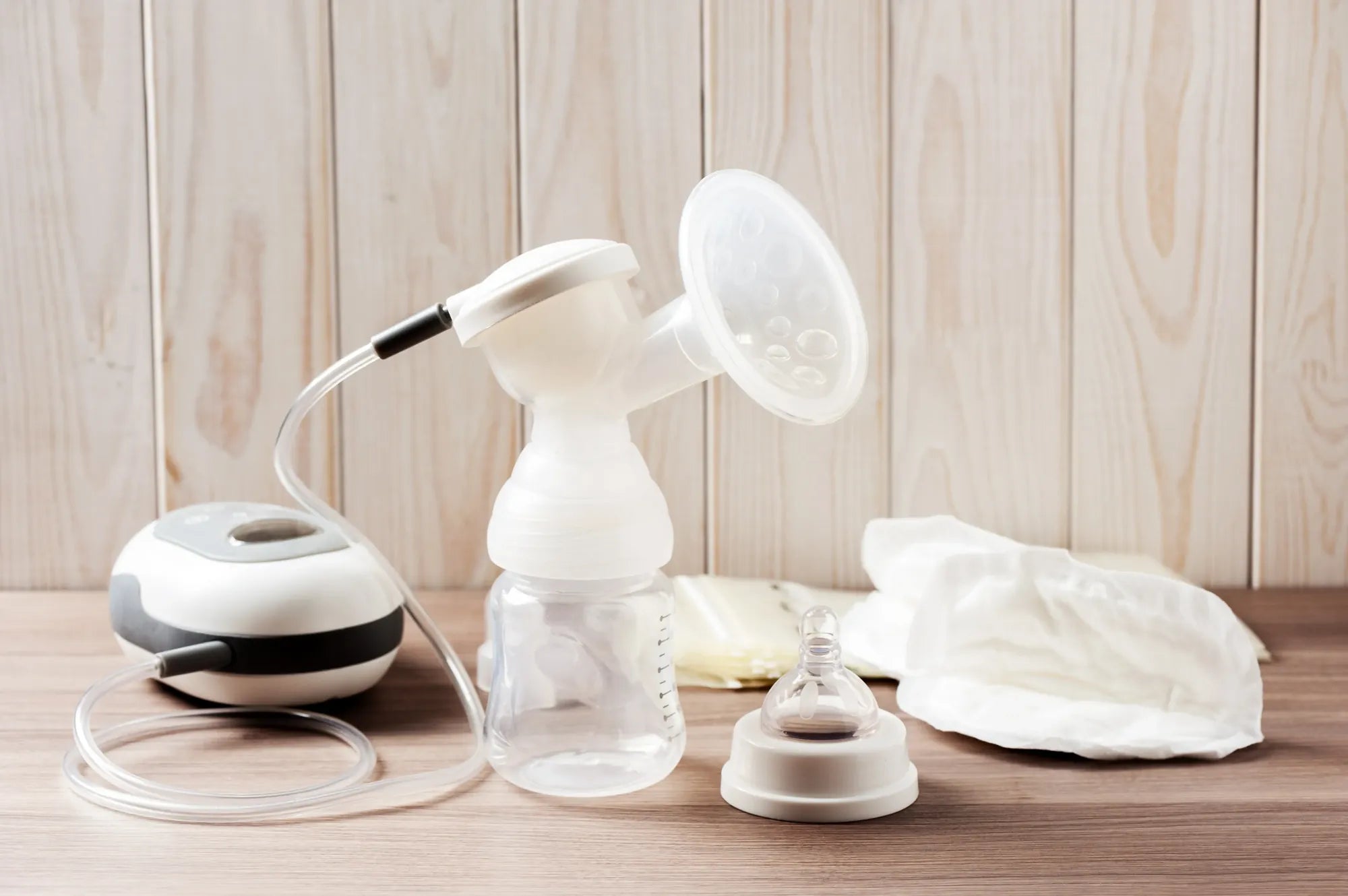Home
Pregnancy, Breastfeeding, and Pumping: The Ultimate Guide for Moms
How Often to Pump Breast Milk at Different Ages: A Comprehensive Guide

How Often to Pump Breast Milk at Different Ages: A Comprehensive Guide
Breastfeeding is a beautiful and natural way to nourish your baby, but it often comes with questions and challenges. One of the most common concerns for nursing mothers is how often to pump breast milk at different ages. Whether you're returning to work, building a freezer stash, or simply ensuring your baby gets enough milk, understanding the right pumping frequency is essential. This article will guide you through the process, offering insights and tips tailored to your baby's developmental stages.
Newborn Stage (0-3 Months)
During the newborn stage, your body is still establishing its milk supply. Frequent pumping or breastfeeding is crucial to signal your body to produce enough milk. For most mothers, this means pumping or nursing every 2-3 hours, even during the night. This frequency helps mimic a newborn's natural feeding pattern and ensures your milk supply meets your baby's needs.
If you're exclusively pumping, aim for 8-12 sessions per day, lasting about 15-20 minutes each. This schedule helps stimulate milk production and prevents engorgement or clogged ducts. Remember, every mother and baby is different, so listen to your body and adjust as needed.
Infant Stage (3-6 Months)
As your baby grows, their feeding patterns may become more predictable. By 3-6 months, many infants start sleeping longer stretches at night, which can reduce the need for nighttime pumping. However, maintaining a consistent pumping schedule during the day is still important to sustain your milk supply.
Most mothers find that pumping 5-7 times a day works well during this stage. If you're combining breastfeeding and pumping, you can adjust the frequency based on your baby's needs. For example, you might pump after morning and evening feedings to build a freezer stash or prepare for times when you're apart from your baby.
Older Baby Stage (6-12 Months)
By 6-12 months, your baby is likely eating solid foods in addition to breast milk. This can reduce their reliance on breast milk, but pumping remains important if you're continuing to provide breast milk as part of their diet. Many mothers find that pumping 3-5 times a day is sufficient during this stage.
If you're returning to work or need to be away from your baby for extended periods, consider pumping during the day to maintain your supply. You can also use this time to store milk for future use. Remember, your pumping schedule should align with your baby's feeding habits and your personal goals.
Tips for Successful Pumping at Any Age
Regardless of your baby's age, there are several strategies to make pumping more effective and comfortable. First, invest in a high-quality breast pump that suits your needs. Make sure to use the correct flange size to avoid discomfort and maximize milk output.
Stay hydrated and maintain a balanced diet to support milk production. Pumping in a calm, relaxed environment can also help stimulate let-down and improve your output. If you're struggling with low milk supply, consider consulting a lactation consultant for personalized advice.
Balancing Pumping and Breastfeeding
For many mothers, pumping is just one part of their breastfeeding journey. Balancing pumping and direct breastfeeding can be challenging but rewarding. If you're breastfeeding and pumping, try to pump after your baby has finished nursing to ensure they get enough milk first. This approach also helps stimulate additional milk production.
If you're exclusively pumping, focus on maintaining a consistent schedule and monitoring your milk output. Keep in mind that your pumping frequency may need to change as your baby grows and their needs evolve.
Adjusting Your Pumping Schedule
As your baby reaches different milestones, their feeding patterns will change, and so will your pumping needs. Be flexible and willing to adjust your schedule to accommodate these changes. For example, if your baby starts sleeping through the night, you might reduce nighttime pumping sessions but increase daytime ones.
Pay attention to your body's signals, such as fullness or discomfort, and adjust your pumping frequency accordingly. Remember, every mother's journey is unique, and there's no one-size-fits-all approach to pumping.
Storing and Using Pumped Milk
Proper storage of pumped milk is essential to ensure its safety and quality. Use clean, sterilized containers and label them with the date and time of pumping. Freshly pumped milk can be stored in the refrigerator for up to 4 days or in the freezer for several months.
When using stored milk, follow the first-in, first-out rule to ensure older milk is used first. Thaw frozen milk in the refrigerator or under warm running water, and avoid microwaving to preserve its nutrients.
Common Challenges and Solutions
Pumping breast milk can come with its share of challenges, from low milk supply to discomfort. If you're experiencing issues, don't hesitate to seek support. Lactation consultants, support groups, and online resources can provide valuable guidance and encouragement.
If you're struggling with low milk supply, try power pumping—a technique that involves pumping in short, frequent bursts to stimulate production. For discomfort or pain, ensure your pump settings are correct and take breaks as needed.
Understanding how often to pump breast milk at different ages is key to a successful breastfeeding journey. By tailoring your pumping schedule to your baby's needs and staying attuned to your body, you can ensure a steady milk supply and provide the best nourishment for your little one. Whether you're a new mom or an experienced parent, this guide offers the tools and insights you need to navigate the world of pumping with confidence.
Share
